Alex Webb, although born in San Francisco on May 5, 1952, spent his youth in New England. He began his interest in photography in high school, and in 1972, he attended the Apeiron Workshops in New York. It was at these workshops where he made connections with Magnum Photos, connections which would lead him to work at Time magazine, GEO, and The New York Times Magazine. He graduated from Harvard University in 1972, studying history and literature, and he currently lives in Brooklyn with his wife, fellow photographer Rebecca Norris Webb.
Webb shoots exclusively street photography. His most famous work displays his mastery of color, but at the beginning of his career, Webb shot in black and white. He started off wanting to document the South, but eventually he began to travel to a large variety of places outside of the US, mainly Mexico, Africa, and Asia. Out of these three locations came his best work.
The subject matter of Webb’s photography is a constant; every one of his photos contain people, but his photography always remains interesting. This is because of the distinct layering found in his photography. Almost all of his photos have a subject in the foreground, mid-ground, and background. Many times, the subjects are unrelated to each other in the world outside of the photograph; their association only exists because they reside within Webb’s carefully placed frame. In the photograph below, Webb captures the child in the foreground with the faceless adults in the background.
Even though there is no apparent real-world interaction between the subjects, Webb implies some sort of association by framing them together. Are the adults searching for the child? Has the child run away from his parents? Are the adults a threat to the child? Webb’s decisive framing creates a distinct sense of foreboding, a feeling present in all of his photography. Another example of this technique can be seen in the photograph below.
Another undeniable component of Webb’s photography is his use of color. He uses it in two ways: to imply separation and to imply unity. To achieve the former, Webb frames together subjects of two or more contrasting colors. In the photograph below, the blue house stands out against the green mist.
The contrast aids the narrative of the photograph with the sickly green enveloping the sterile and clean blue. Webb also uses blue in the photograph below, but instead of it contrasting with other colors, the photograph is uniform in it. The blue color palette lends a certain peaceful quality to the photograph as if there is security in predictable and consistent coloring.


